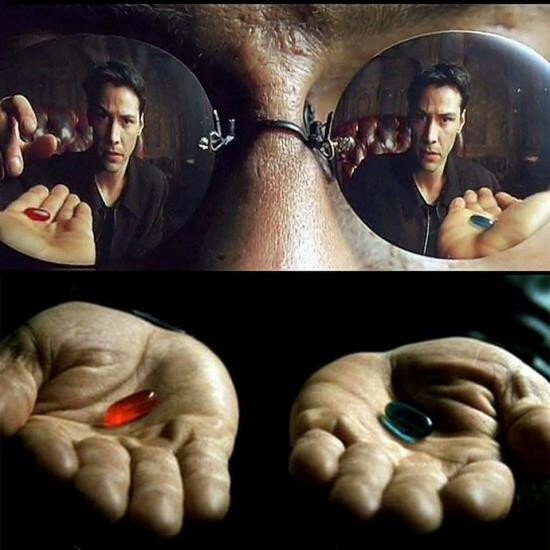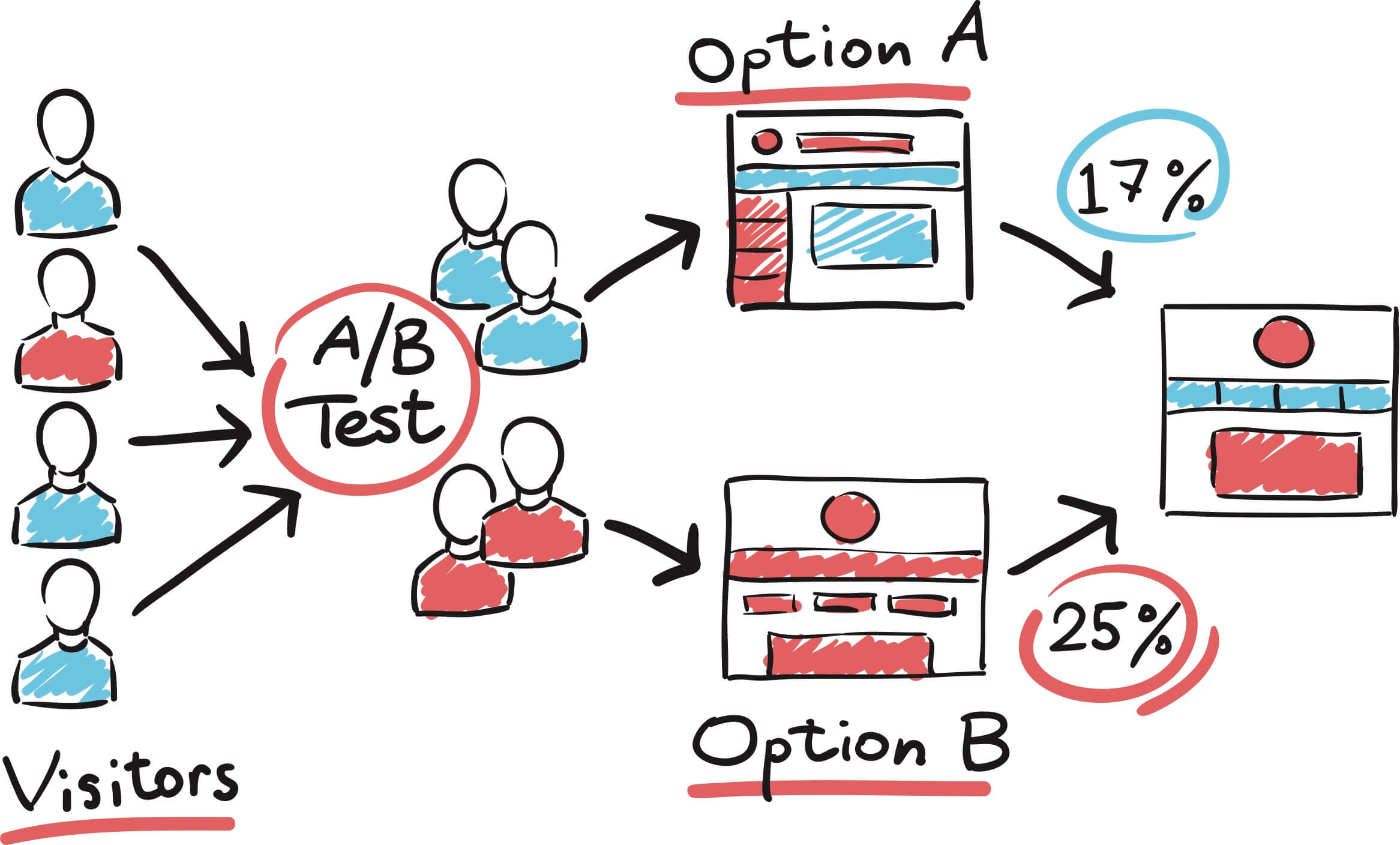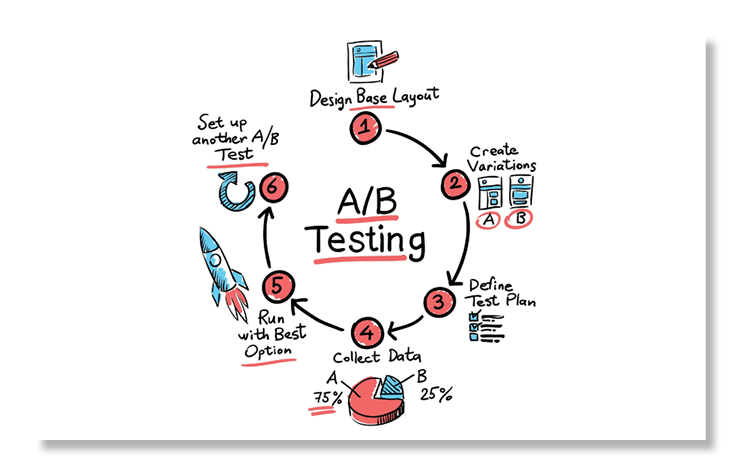Optimize, Iterate, Succeed: Mastering Creative A/B Testing in Mobile Game Marketing
In mobile games marketing, every detail counts. From every second of a video ad to the background of a static image, the uniqueness of ad copy, the order of screenshots, and even the color of icons—each element plays a crucial role. Almost every mobile marketer incorporates A/B testing into their marketing strategy. But what exactly is A/B testing, and how many approaches to it exist? Whether you’re a seasoned marketer or just starting out, this guide will provide you with actionable insights to elevate your game—literally!

What is A/B Testing?
Let’s start with the basics. A/B testing, also known as split testing, is the process of comparing two versions of a creative element to see which performs better. In the context of mobile games, this could be anything from app icons and screenshots to ad creatives and user onboarding flows. Imagine you have two different versions of an ad: Ad A has a vibrant color scheme, while Ad B is more subdued. By showing each ad to a separate group of users, you can measure which one drives more installs or in-app purchases.
Why is A/B Testing Important in Mobile Games Marketing?
Here’s the deal: the mobile game market is fiercely competitive. With millions of apps competing for attention, standing out is crucial. A/B testing empowers you to make data-driven decisions, ensuring your marketing efforts resonate with your target audience. Think of it as fine-tuning a musical instrument. Each tweak gets you closer to perfect harmony with your users' preferences. Plus, it helps you avoid costly mistakes by validating ideas before rolling them out on a larger scale.
Crafting the Perfect A/B Testing Methodology
Now that you’re sold on the importance of A/B testing, let’s dive into how to do it right.
Identify Your Goals: What do you want to achieve? Higher click-through rates? Increased installs? Clarifying your objectives will guide your testing process.
Formulate Hypotheses: Based on your goals, come up with hypotheses. For instance, “A brighter app icon will attract more users.”
Create Variants: Develop at least two versions of your creative element. Remember, the differences should be clear and distinct to ensure you can attribute performance changes to specific elements.
Segment Your Audience: Divide your audience randomly and evenly to minimize biases. Each segment should be exposed to only one variant.
Run the Test: Ensure the test runs long enough to gather sufficient data, but not so long that external factors could skew the results.
Which Creative Elements are Good to A/B Test in Mobile Game Marketing?
The beauty of A/B testing is its versatility. Here are some creative elements particularly effective for testing in mobile game marketing:
App Icons: The first impression users get of your game. Test different colors, styles, and characters to see which icon attracts more clicks.
Screenshots: Showcase your game’s best features. Try different sequences, captions, and visual effects to find the most compelling presentation.
App Store Descriptions: The text that explains your game. Experiment with different headlines, feature lists, and calls-to-action.
Ad Copies: Ad texts, including descriptions and headlines, are prime candidates for A/B testing. Crafting the perfect message can significantly impact your user engagement and acquisition rates.
Click here to check short article where we explore The Magic of Ad Copy.
Image & Video Ads: Capture attention with dynamic content. Test various lengths, themes, and storytelling approaches to maximize engagement.
Push Notifications: Re-engage users with timely messages. Test different wording, timing, and frequency to find the perfect balance.
Iterating on Your Methodology
A/B testing isn’t a one-and-done deal, and the same applies to its methodologies. For instance, traditional A/B split testing setup on Meta has been a thing of the past for me. I recommend a more effective approach: create new campaign with your primary setup and optimization, select a relevant country, add up to 5 new variants and let Meta blackbox do the test. Some opt for testing with low-cost optimizations in Tier 3 countries.
The key takeaway is this: from time to time, exploring different testing methodologies is essential. Consider factors like the testing channel, duration, seasonality, budget, optimization strategies, and game updates.
Beware of Biases in A/B Testing
Bias can sneak into your tests in various ways, distorting your results. Here are some common pitfalls:
Sample Bias: Ensure your test groups are representative of your overall audience.
Timing Bias: External events (like holidays or game updates) can influence results. Try to run tests during stable periods.
Confirmation Bias: It’s easy to favor data that supports your hypothesis. Stay objective and let the numbers speak for themselves.
The Limitations of A/B Testing: Evergreen Campaigns
Here’s a crucial insight: what works in an A/B test might not always translate to long-term success. Evergreen campaigns—those that run continuously over a long period—require different considerations. User behavior evolves, competitors change their tactics, and market conditions fluctuate. Therefore, it’s vital to continuously monitor and adjust even your best-performing strategies to maintain their effectiveness.
Conclusion: Your Path to Marketing Mastery
Creative A/B testing is a powerful tool in your mobile game marketing arsenal. By understanding its importance, crafting a robust methodology, iterating on your findings, and being aware of biases and limitations, you can unlock insights that drive real results. It’s a journey of constant learning and adaptation.
...and remember: no testing = no scaling



